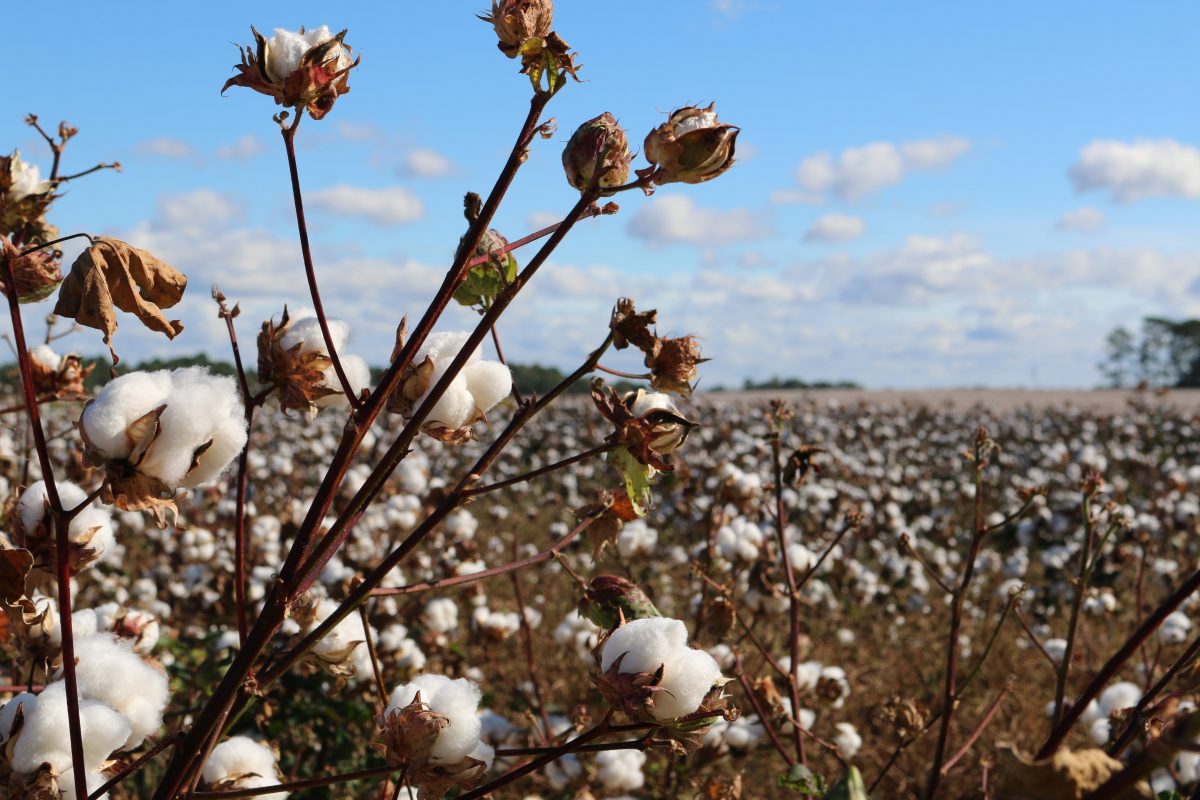Cotton is the fluffy fiber produced around the seeds of cotton plants. This fiber is the most frequently spun fiber that gets turned into thread or yarn. It is used to produce soft and breathable fabric. Our usage of cotton in textiles dates back to prehistoric periods. Since today is World Cotton Day, here’s some interesting cotton trivia for you!
Cultivation and Production
We have been cultivating and processing cotton fiber textiles for a long time. There’s evidence of these textiles that date back to 3000 BC. But the oldest cotton fabric was found in Huaca Prieta, Peru, dated to 6000 BCE.
In terms of present production, India is the world’s top cotton producer. They account for 26% of the entire world’s production alone. They are followed by the United States, with China being the third.
Philippine Cotton
One of the world’s best cotton varieties is in the Philippines. The local variation, with the Scientific name: Gossypium hirsutum, is more commonly called “barbadense”. The Philippine cotton is thick and has numerous fibres to separate from. It is said to be comparable to Egyptian Cotton according to Philippine textile specialist Dr. Norma Respicio.
Original Color
It can be cultivated in several colors. This includes off-white, brown, roast and even littered purple. The fiber must be cleaned to make it white. In the past, only chlorine compounds were used to purify cotton. Due to advances in research and technology, chlorine-free processing is made possible.
Moon Cotton
Chang’e 4 is a Chinese project designed to perform a variety of activities. This includes a test of plants growing in a low-gravity environment. After it landed, the system began watering the plants, including the cotton seed. A week later, there had already grown a green sprout only from the cotton seeds. Unfortunately, the environmental changes of the moon were too unstable and the shootings perished a few days later. Nevertheless we are heading in the correct path because of the shoots there.


